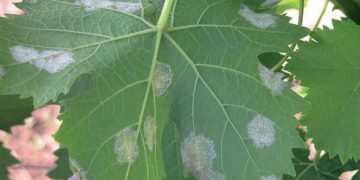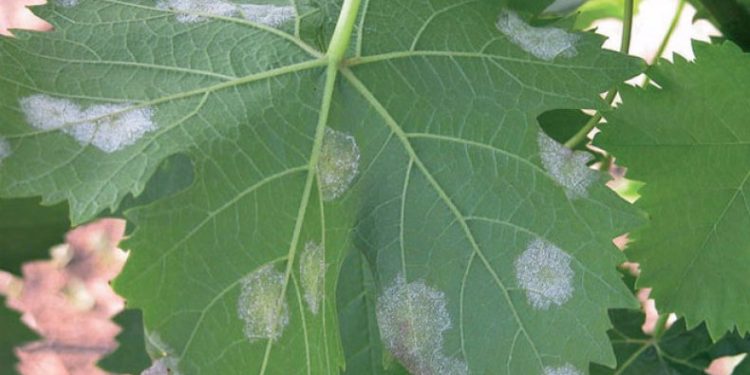Mildew is a common fungal disease that affects grapevines, causing significant yield losses and reduced quality of grapes. In this article, we will discuss what mildew is, how to identify it, and the best methods for preventing and managing infestations in grapevines.
Mildew is a fungal disease that affects many grapevine cultivars worldwide. According to a report by the University of California, Davis, grapevine powdery mildew alone can cause yield losses of up to 60%. In addition to yield losses, mildew-infected grapes may also have reduced sugar content, leading to lower quality wine production.
To identify mildew in your grapevines, watch for a white, powdery coating on the leaves, stems, and berries. Infected leaves may also curl and turn yellow or brown, and berries may become deformed or shriveled.
Preventing mildew infestations in grapevines starts with good vineyard management practices. This includes regular canopy management, such as pruning and trellising, to promote good air circulation and reduce humidity levels. It is also important to monitor weather conditions, as mildew thrives in warm, humid environments.
Another effective method for preventing mildew in grapevines is the use of fungicides. According to research by the University of California, Davis, several fungicides have been found to be effective in controlling mildew, including sulfur, triazole, and strobilurin fungicides.
If your grapevines have already been infected with mildew, there are several management strategies that can help control the disease. These include removing infected plant material, applying fungicides, and improving canopy management to reduce humidity levels.
In conclusion, mildew infestations can have a significant impact on grapevine health and quality of grapes. However, with good vineyard management practices, the use of effective fungicides, and prompt management of infected plants, it is possible to prevent and control mildew infestations in your grapevines.































